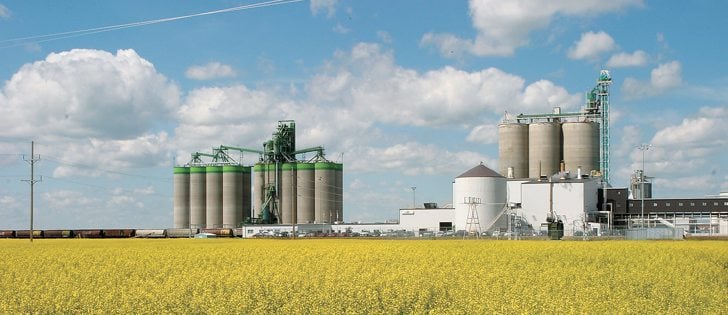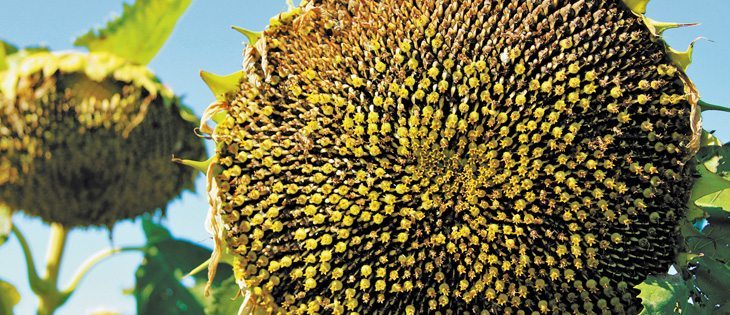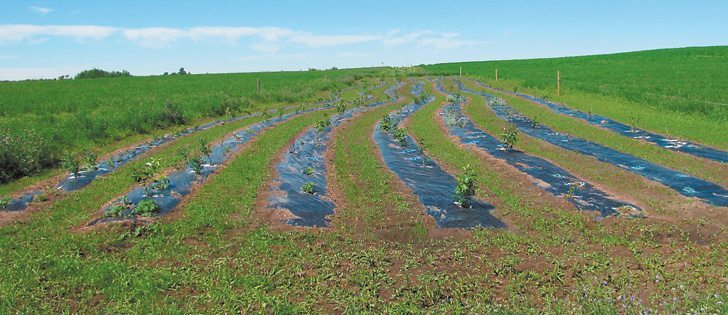Recent rain in the U.S. beneficial Soybean stockpile remains razor thin and price could still rally
Is soybean’s story over and are canola’s chances for a big price rally gone?
That’s what some in the market wonder now that relieving rains have hit parts of the U.S. Midwest and the U.S. Department of Agriculture’s August reports did not show stockpiles collapsing to critically short levels. However, some analysts think the possibility for truly stupendous soybean prices still exists if the right conditions appear.
“Twenty dollars (per bushel of soybeans) possible? Yeah, it’s not impossible,” said Darin Newsom of DTN shortly after the August USDA supply and demand reports were released.
Read Also

Biofuel sector happy with federal budget
Advanced Biofuels Canada says new Biofuel Production Incentive is a lifeline until CFR amendments are in place.
However, he believes the short-term post-report period could see prices ease lower after the strong rally since the beginning of June.
The USDA cut the national average U.S. soybean yield to 36.1 bu. per acre from 40.5 in July, but the recent rains mean soybean yields could recover.
“Will they stay steady, or will they actually go up,” said Errol Anderson of Pro Market Communications in Calgary.
USDA put U.S. soybean production at 2.69 billion bu., down from 3.05 billion in last month’s forecast and 3.06 billion last year. It sees year-end stocks falling to 115 million bu., down from 130 million last month and 145 million last year.
The soybean market generally leads canola prices, but soybeans have risen much more than canola since the drought rally began.
This different result is mainly because the world still has comfortable supplies of vegetable oils, including palm oil, and the large size of the Canadian canola crop.
The short supply of feed has lifted soybean meal prices far more than soybean oil prices. It follows that canola, which has higher oil content than soybeans, reflects the relatively weak oil price.
The rally took soybean and soymeal prices 30 percent higher but soy oil prices only 10 percent higher. Canola rose 10 percent.
Still, soybean prices have a big impact on setting vegetable oil crop prices, so where they go from here is crucial for the new crop market.
Newsom and Anderson think short-term weakness in the soybean markets will likely follow the August USDA reports, with a manifestation of “buying the rumour and selling the fact” combining with fund liquidation to allow prices to fall.
However, Newsom still sees soybean supplies as razor thin and the USDA’s demand destruction projections too big at present prices. He thinks commercial users will continue to snatch up supplies and believes there are good grounds for soybeans to rally again if yield or demand estimates are off.
Anderson is bearish on the outlook, expecting to see a big soybean selloff by the funds, which will hurt canola as well. He hopes farmers have taken advantage of the recent good prices.
“The farmer’s incredibly bullish to the point of being blind,” said Anderson.
He also sees the longer-term chance of a rally in soybean prices that could carry canola higher, but fears that the world economy is verging on the edge of a major recession, which would hammer all commodity prices, including crops.
“If we have $80 oil again, corn ain’t going to be eight bucks,” said Anderson.
“I just see the perfect storm of a major selloff coming.”















